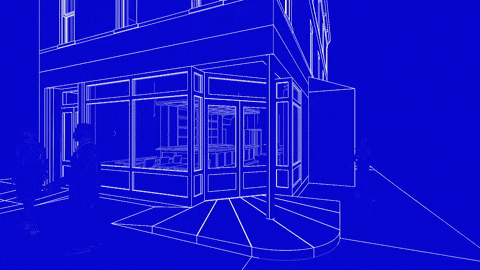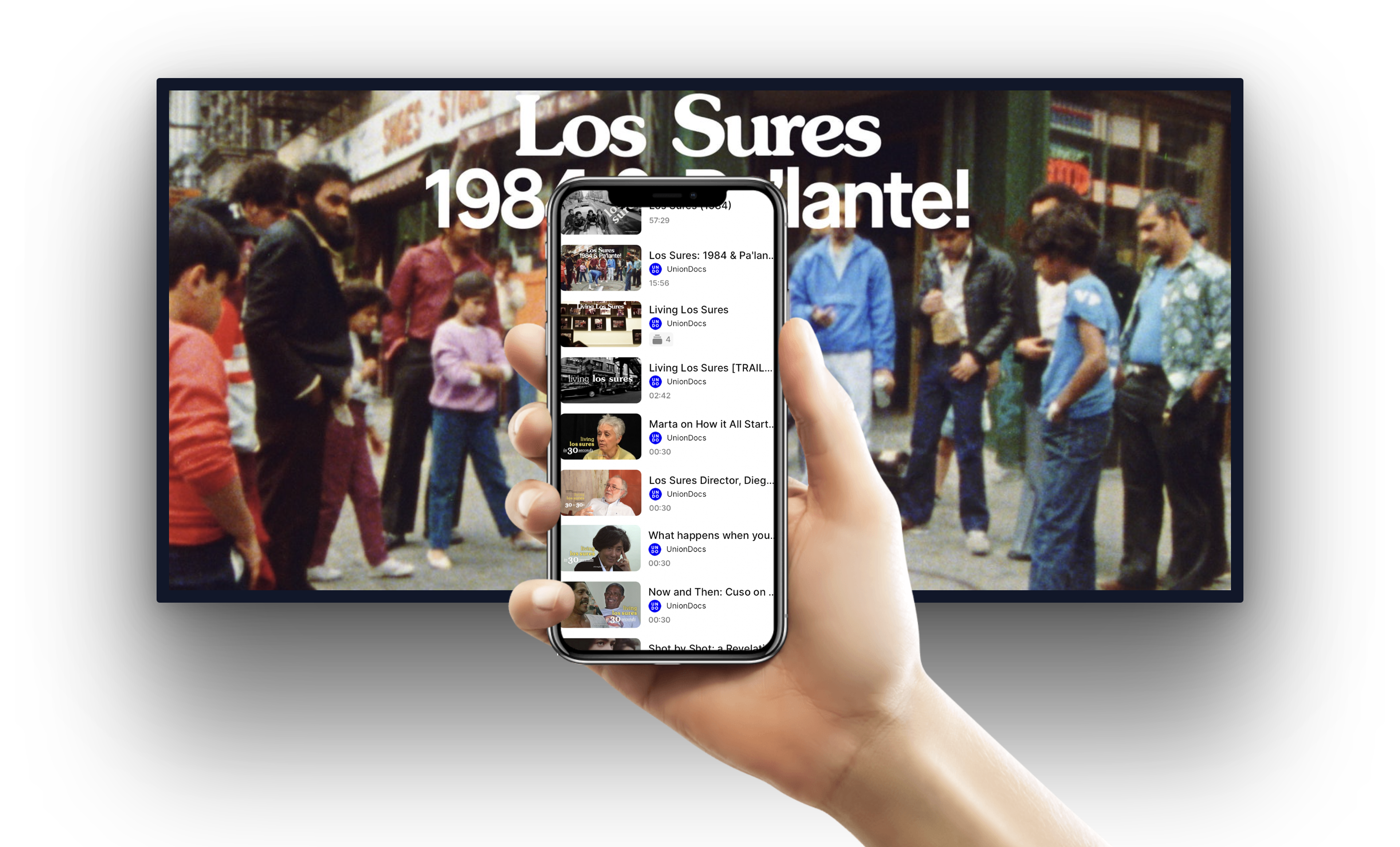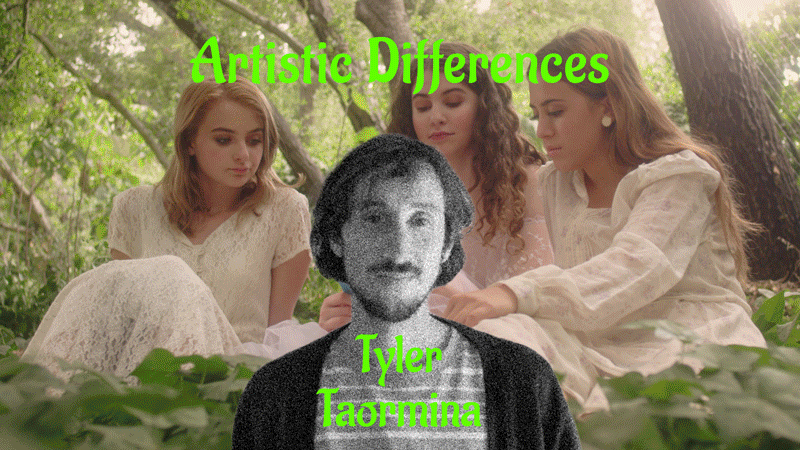Long before he made his meta-masterful excursion to Tuscany with Juliette Binoche (Certified Copy), the great Iranian director Abbas Kiarostami honed his skills writing and directing instructional shorts for Iran’s Institute for the Intellectual Development of Children and Young Adults (IIDCYA). His talent for eliciting superb child performances is evident right from his debut—the sublime, deceptively straightforward Bread and Alley (1970), which we’re screening here with two other IIDCYA shorts, Breaktime (1972) and Two Solutions for One Problem (1975). Those expecting “duck and cover”-like propaganda will be surprised by the films’ emotional directness and philosophical complexity. They are poems in motion, with no facile resolutions. We’ve also programmed Kiarostami’s ABC Africa (2001), his first video feature (shot on consumer-grade cameras), which takes an intimate look at Africa’s AIDS crisis. Surprisingly, the tone is often buoyant, especially whenever children are onscreen. The juxtaposition of their curious play with the ceaseless devastation surrounding them is deeply affecting.-Keith Uhlich
ABC Africa by Abbas Kiarostami
Iran/Uganda, 2001, 84 minutes, 16mm, English and Farsi with English subtitles.
A documentary shot on digital video about the ravages of AIDS and civil war in Uganda, may seem at first like a radical departure for the director of “Taste of Cherry” and “The Wind Will Carry Us”. But one of the most remarkable things about “ABC Africa” is the way Iran’s most celebrated autuer makes such unlikely material very much his own. Invited by the UN’s International Fund for Agricultural Development to shoot a documentary about Uganda’s orphans, Kiarostami and his cameraman Seifollah Samadian travelled around the country scouting locations, using mini-dv cameras to make visual notes. In true Kiarostami style, these jottings become the movie itself: an impressionistic, deceptively simple record of a visit, a journey, and a people struggling to survive. Most strongly reminiscent of “And Life Goes On…” (in which a filmmaker journeys to the site of a devastating earthquake), “ABC Africa” is full of echoes of his previous films: the hypnotic tracking shots from car windows, the dirt-road villages, and especially the emphasis on the resilience and resourcefulness of children. Out of a population of 22 million, Uganda has 2 million people infected with HIV, 2 million already dead, and 1.6 million orphans, and, over the course of the ten day visit, Kiarostami comes across many heart-breaking sights (a child’s body being wrapped in cardboard; a village where al the men have dies) Yet “ABC Africa” is ultimately an optimistic film, full of smiling faces, and, above all, full of music–heard on the street, played on car radios, and sung rapturously in school yards.
Bread and Alley
Iran, 1970, 10 minutes, digital projection
Kiarostami’s debut: A (not-so) simple tale of boy vs. dog.
BreaktimeIran, 1972, 14 minutes, digital projection
It ain’t easy being a soccer-lover, in school or out.
Two Solutions for One ProblemIran, 1975, 4 minutes, digital projection
The problem: A ripped notebook. Two (equally valid?) solutions.
 Aaron Cutler has written about Kiarostami for Cineaste, Moving Image Source, and Slant Magazine. He lived in New York for three years while earning an MFA in Nonfiction Writing at Columbia before moving to São Paulo, where he currently lives. His film writings can be found at here.
Aaron Cutler has written about Kiarostami for Cineaste, Moving Image Source, and Slant Magazine. He lived in New York for three years while earning an MFA in Nonfiction Writing at Columbia before moving to São Paulo, where he currently lives. His film writings can be found at here.
 Keith Uhlich is a staff film critic at Time Out New York and the editor of The House Next Door, the official blog of Slant Magazine.
Keith Uhlich is a staff film critic at Time Out New York and the editor of The House Next Door, the official blog of Slant Magazine.
Presented with








